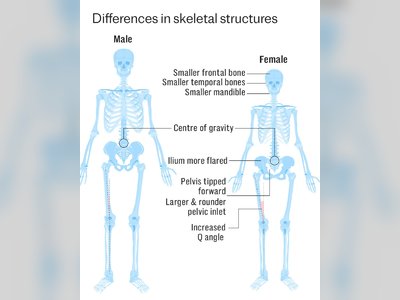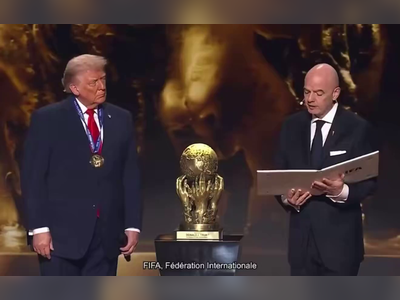Trump Hosts Central Asian Leaders to Secure Critical Minerals and Strengthen Supply Chains
US President Donald Trump meets five Central Asian heads of state in Washington to forge strategic mineral partnerships and counter Chinese and Russian influence.
President Donald Trump welcomed the leaders of Kazakhstan, Kyrgyzstan, Tajikistan, Turkmenistan, and Uzbekistan to the White House on Thursday in a high-level meeting aimed at deepening cooperation on critical minerals and reinforcing US supply-chain security.
The talks come as Washington moves to diversify sources of key resources away from China and Russia, while expanding its presence in one of the world’s most resource-rich regions.
Calling Central Asia “an extremely wealthy region,” Trump underscored his administration’s commitment to building long-term partnerships across the five nations.
The meeting, part of the C5+1 platform that unites the United States with the Central Asian states, focused heavily on access to uranium, copper, and rare earth elements vital for advanced technologies, defense manufacturing, and the global energy transition.
The United States and its Central Asian counterparts announced several initiatives during the summit, including a tungsten mining venture in Kazakhstan backed by US private capital, and a Boeing agreement to deliver up to thirty-seven aircraft to airlines in Kazakhstan, Tajikistan, and Uzbekistan.
Washington also pledged support for local processing and value-added industries, aiming to strengthen regional economies while ensuring more secure supply chains for the West.
Kazakhstan’s President Kassym-Jomart Tokayev described the meeting as “the beginning of a new era of interaction between the United States and Central Asia,” while Uzbekistan’s President Shavkat Mirziyoyev proposed the creation of a permanent C5+1 secretariat to advance future cooperation.
Analysts view the summit as a decisive step in Trump’s broader economic diplomacy, using trade, investment, and energy security as instruments to project American influence and balance against Moscow and Beijing.
The outcome of this summit signals a recalibrated US engagement with Eurasia, with the White House seeking both economic opportunity and strategic leverage in a region critical to global resource stability and geopolitical alignment.
The talks come as Washington moves to diversify sources of key resources away from China and Russia, while expanding its presence in one of the world’s most resource-rich regions.
Calling Central Asia “an extremely wealthy region,” Trump underscored his administration’s commitment to building long-term partnerships across the five nations.
The meeting, part of the C5+1 platform that unites the United States with the Central Asian states, focused heavily on access to uranium, copper, and rare earth elements vital for advanced technologies, defense manufacturing, and the global energy transition.
The United States and its Central Asian counterparts announced several initiatives during the summit, including a tungsten mining venture in Kazakhstan backed by US private capital, and a Boeing agreement to deliver up to thirty-seven aircraft to airlines in Kazakhstan, Tajikistan, and Uzbekistan.
Washington also pledged support for local processing and value-added industries, aiming to strengthen regional economies while ensuring more secure supply chains for the West.
Kazakhstan’s President Kassym-Jomart Tokayev described the meeting as “the beginning of a new era of interaction between the United States and Central Asia,” while Uzbekistan’s President Shavkat Mirziyoyev proposed the creation of a permanent C5+1 secretariat to advance future cooperation.
Analysts view the summit as a decisive step in Trump’s broader economic diplomacy, using trade, investment, and energy security as instruments to project American influence and balance against Moscow and Beijing.
The outcome of this summit signals a recalibrated US engagement with Eurasia, with the White House seeking both economic opportunity and strategic leverage in a region critical to global resource stability and geopolitical alignment.












